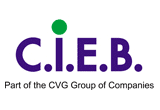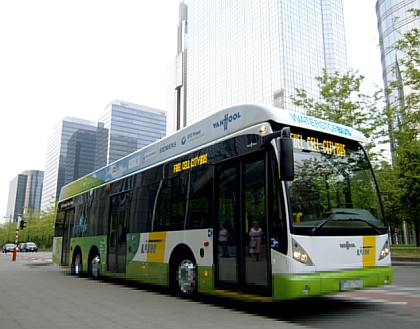
hybridní autobus na vodíkové palivové články na UITP v Helsinkách. Autobus jako první použije vlámský dopravce De Lijn. (CZ + EN). (Van Hool wih TC Power, Siemens and Air Liquide presented the hybrid fuel cell bus at the UITP in Helsinki.)
hybridní autobus na vodíkové palivové články na UITP v Helsinkách. Autobus jako první použije vlámský dopravce De Lijn. (CZ + EN). (Van Hool wih TC Power, Siemens and Air Liquide presented the hybrid fuel cell bus at the UITP in Helsinki.)
Projekt byl vyvinut za méně než rok a je výsledkem důvěry a spolupráce. Záměrem je přispět k redukci emisí výfukových plynů, částic i CO2. Moderní autobus kombinuje šedesátiletou tradici autobusového výrobce Van Hool se specialistou na vodíkové články UTC a Siemensem jako odborníkem přes elektrické pohony. Dodavatelem vodíku je společnost Air Liquide.
Nejdůležitější vlastností autobusu je bezemisní provoz. Palivový vodíkový článek přenáší energii vodíku na elektrickou energii spolu se vzdušným kyslíkem, emisí je čistá vodní pára. Energie z brzdění je rekuperována a ukládána v bateriích.
Proto je tento typ pohonu nazván HYBRID FUEL CELL - baterie nepohánějí samotný autobus, ale i všechny agregáty. Výsledkem je nižší spotřeba a větší účinnost motoru než u dieselu nebo u motoru na samotný vodík.
Čistý vodík je uložen v tancích na střeše pod tlakem 350 barů o váze cca 40 kg.
Díky absenci pohyblivých mechanických součástek je autobus tišší než nejmodernější diesel.
Van Hool vyvinul tento autobus bez jakéhokoli kompromisu ve vztahu s nejmodernější dieselovou verzí:
Vodíkový článek vyrábí UTC Power a sestává z 750 malých PEM článků, které společně vyrábějí 600 V a 120 kW. PEM (Proton Exchange Membrane) sestává ze dvou destiček oddělených membránou. Van Hool a UTC Power již spolu vyrobili 5 hybridních autobusů na vodíkové palivové články, které jsou v nepřetržitém provozu od konce roku 2005 - 3 u AC Transit, 1 u SunLine v Kalifornii a1 u CTA v Connecticut.
Van Hool and its partners UTC Power, Siemens and Air Liquide are presenting the hybrid fuel cell bus for Europe at the UITP exhibition in Helsinki. The Flemish transport company De Lijn is to be the first to use this bus on its network.
With the introduction of the hybrid fuel cell bus VAN HOOL and its partners are taking an important step towards establishing environmentally friendly public transport.
In doing this all those involved are aiming to meet both the challenges of the present day and those facing public transport within society.
This project has been achieved in less than one year and is the result of trust and collaboration. Its purpose is to contribute to the reduction in the emission of harmful exhaust fumes, in particular fine particles and CO2.
This modern, environmentally friendly city bus combines the result of Van Hool’s 60 years as a bus and coach manufacturer with UTC’s know-how as a fuel cell specialist and Siemens’ electrical drive technology. Importantly, Air Liquide is supplying the hydrogen.
This fuel cell bus is soon to be trialled for the first time for six months by Flemish transport company De Lijn in Belgium.
All unused electrical energy produced by the fuel cell is stored in batteries that provide the traction when driving away from the bus stop and support this whenever necessary.
The energy released with every braking movement (at each stop) is recycled and stored in the batteries for later use. The electric motors are switched automatically for this and they then act as generators.
It is for this reason that this drive form is called the HYBRID FUEL CELL. Not only is power obtained from the hydrogen but the available power from the batteries is also reused for the traction and for electrically driving the systems (air conditioning, power steering pumps, etc.).
This results in even lower fuel consumption and greater efficiency (than a diesel engine or an engine powered by hydrogen alone).
The pure hydrogen is stored in hydrogen tanks on the roof and, under a pressure of 350 bar, weighs approximately 40 kilo.
As there are no moving mechanical parts in the fuel cell itself the typical noise of a fuel or diesel engine is absent and the bus is substantially quieter than the modern diesel version.
Van Hool has developed this hydrogen bus without having to make any compromises compared with the modern diesel version:
The most important operational objective is passenger capacity. In spite of the hybrid vehicle’s own weight, this capacity is between 94 and 104 passengers, depending on the seating arrangement and the comfort provided for standing passengers.
In order to achieve this, Van Hool developed a 13.2 metre long three-axle vehicle with a steared second axle. As a result, the vehicle is easily within the 24-metre turning circle prescribed by the European guideline and, thanks to the three axles, it has also been possible to increase stability, manoeuvrability and safety.
In addition, all the features of a modern, low-floor bus are also to be found: step-free access at all doors, 3 wide doors, low floor for the entire length, accessible for disabled passengers, large panoramic windows, electric climate control.
The bus’s 350-kilometre action radius and its performance when accelerating and decelerating are equal to or better than the diesel version.
Consequently this very first up-to-the-mark fuel cell bus with a hybrid drive can confidently be called a world first.
From 18th June 2007 this vehicle will be used for six months by the Flemish transport company De Lijn. Meanwhile, arrangements have already been made for trials and evaluation by other transport companies in Belgium and abroad.
The fuel cell is made by UTC Power and consists of 750 small PEM fuel cells, which together provide 600 V voltage and 120kW power. A PEM fuel cell (Proton Exchange Membrane) consists of two small plates separated by a membrane. Van Hool and UTC Power are not beginners. Together they have already produced 5 hybrid fuel cell buses, which have been used every day in the USA since the end of 2005, 3 by AC Transit, 1 by SunLine in California and 1 by CTA in Connecticut.
UTC Power is part of the American group United Technologies Corporation in South Windsor, Connecticut, who are active in various areas, including NASA’s space shuttle programme. UTC Power is world leader in the area of fuel cells for transport, military and civil applications.
The result is a reliable, high-performance drive system that, thanks to the high yield, makes very efficient use of the available energy.
Air Liquide is a well-known gas supplier and is therefore the ideal partner for supplying the filling stations with hydrogen.
Nejdůležitější vlastností autobusu je bezemisní provoz. Palivový vodíkový článek přenáší energii vodíku na elektrickou energii spolu se vzdušným kyslíkem, emisí je čistá vodní pára. Energie z brzdění je rekuperována a ukládána v bateriích.
Proto je tento typ pohonu nazván HYBRID FUEL CELL - baterie nepohánějí samotný autobus, ale i všechny agregáty. Výsledkem je nižší spotřeba a větší účinnost motoru než u dieselu nebo u motoru na samotný vodík.
Čistý vodík je uložen v tancích na střeše pod tlakem 350 barů o váze cca 40 kg.
Díky absenci pohyblivých mechanických součástek je autobus tišší než nejmodernější diesel.
Van Hool vyvinul tento autobus bez jakéhokoli kompromisu ve vztahu s nejmodernější dieselovou verzí:
- Kapacita navzdory váze vozu je 94 až 104 cestujících podle aranžmá sedadel.
- Van Hool vyvinul také 13.2 m tříosý vůz s řiditelnou druhou nápravou s velkou manévrovatelností.
- Moderní nízkopodlažní autobus má bezbariérový nástup do všech širokých dveří, velká panoramatická okna a elektronicky řízenou klimatizaci.
- Autobus má dojezd 350 km - srovnatelný nebo vyšší než u dieselu.
Van Hool označuje tento typ autobusu na vodíkové palivové články s hybridním pohonem jako první na světě.
Od 18. 6. 2007 bude autobus v testovacím provozu poprvé na půl roku u dopravce De Lijn v Belgii. Mezitím se bude připravovat zkušební provoz u dalších belgických a zahraničních dopravců.Vodíkový článek vyrábí UTC Power a sestává z 750 malých PEM článků, které společně vyrábějí 600 V a 120 kW. PEM (Proton Exchange Membrane) sestává ze dvou destiček oddělených membránou. Van Hool a UTC Power již spolu vyrobili 5 hybridních autobusů na vodíkové palivové články, které jsou v nepřetržitém provozu od konce roku 2005 - 3 u AC Transit, 1 u SunLine v Kalifornii a1 u CTA v Connecticut.
UTC Power je částí americké skupiny United Technologies Corporation v South Windsor, Connecticut,
Van Hool je belgický autobusový nástavbář, který se hlásí k trendu vývoje ekologických níuzkopodlažních autobusů. Po trolejbusech, CNG busech a dieselových hybridech následuje i hybridní autobus na vodíkové palivové články.TZ Van Hool. Překlad BUSportál. Kráceno. Celé v angličtině.
Van Hool and its partners UTC Power, Siemens and Air Liquide are presenting the hybrid fuel cell bus for Europe at the UITP exhibition in Helsinki. The Flemish transport company De Lijn is to be the first to use this bus on its network.
With the introduction of the hybrid fuel cell bus VAN HOOL and its partners are taking an important step towards establishing environmentally friendly public transport.
In doing this all those involved are aiming to meet both the challenges of the present day and those facing public transport within society.
This project has been achieved in less than one year and is the result of trust and collaboration. Its purpose is to contribute to the reduction in the emission of harmful exhaust fumes, in particular fine particles and CO2.
This modern, environmentally friendly city bus combines the result of Van Hool’s 60 years as a bus and coach manufacturer with UTC’s know-how as a fuel cell specialist and Siemens’ electrical drive technology. Importantly, Air Liquide is supplying the hydrogen.
This fuel cell bus is soon to be trialled for the first time for six months by Flemish transport company De Lijn in Belgium.
Leopold Van Hool, Van Hool’s managing director, says that he is delighted that “thanks to the support of the Flemish Government and De Lijn, Van Hool has been able to make its contribution to providing a tangible solution intended to substantially reduce emissions and noise in our inner cities and villages in the public transport sector in which Van Hool operates. We should be aware that only by the government, the consumer and trade and industry working together is it possible to move a technologically advanced product such as the fuel cell bus into the next stage of commercialisation and application. There is certainly no lack of specific interest and projects, including from AC Transit in Oakland, California, Washington DC, Hamburg, Luxembourg, London and Amsterdam, to name but a few.”The most important feature of the bus is that no emissions of harmful gases are produced. It is driven by a fuel cell in which, by means of an electrolysis process, hydrogen is converted into electrical energy under the influence of the oxygen in the air. The emissions are pure water vapour.
All unused electrical energy produced by the fuel cell is stored in batteries that provide the traction when driving away from the bus stop and support this whenever necessary.
The energy released with every braking movement (at each stop) is recycled and stored in the batteries for later use. The electric motors are switched automatically for this and they then act as generators.
It is for this reason that this drive form is called the HYBRID FUEL CELL. Not only is power obtained from the hydrogen but the available power from the batteries is also reused for the traction and for electrically driving the systems (air conditioning, power steering pumps, etc.).
This results in even lower fuel consumption and greater efficiency (than a diesel engine or an engine powered by hydrogen alone).
The pure hydrogen is stored in hydrogen tanks on the roof and, under a pressure of 350 bar, weighs approximately 40 kilo.
As there are no moving mechanical parts in the fuel cell itself the typical noise of a fuel or diesel engine is absent and the bus is substantially quieter than the modern diesel version.
Van Hool has developed this hydrogen bus without having to make any compromises compared with the modern diesel version:
The most important operational objective is passenger capacity. In spite of the hybrid vehicle’s own weight, this capacity is between 94 and 104 passengers, depending on the seating arrangement and the comfort provided for standing passengers.
In order to achieve this, Van Hool developed a 13.2 metre long three-axle vehicle with a steared second axle. As a result, the vehicle is easily within the 24-metre turning circle prescribed by the European guideline and, thanks to the three axles, it has also been possible to increase stability, manoeuvrability and safety.
In addition, all the features of a modern, low-floor bus are also to be found: step-free access at all doors, 3 wide doors, low floor for the entire length, accessible for disabled passengers, large panoramic windows, electric climate control.
The bus’s 350-kilometre action radius and its performance when accelerating and decelerating are equal to or better than the diesel version.
Consequently this very first up-to-the-mark fuel cell bus with a hybrid drive can confidently be called a world first.
From 18th June 2007 this vehicle will be used for six months by the Flemish transport company De Lijn. Meanwhile, arrangements have already been made for trials and evaluation by other transport companies in Belgium and abroad.
The fuel cell is made by UTC Power and consists of 750 small PEM fuel cells, which together provide 600 V voltage and 120kW power. A PEM fuel cell (Proton Exchange Membrane) consists of two small plates separated by a membrane. Van Hool and UTC Power are not beginners. Together they have already produced 5 hybrid fuel cell buses, which have been used every day in the USA since the end of 2005, 3 by AC Transit, 1 by SunLine in California and 1 by CTA in Connecticut.
UTC Power is part of the American group United Technologies Corporation in South Windsor, Connecticut, who are active in various areas, including NASA’s space shuttle programme. UTC Power is world leader in the area of fuel cells for transport, military and civil applications.
Jan van Dokkum, President of UTC Power says, “We believe that the opportunity to lease the bus as a ‘demo project’ will accelerate the sale of these zero emission buses. The fuel efficiency of the Van Hool buses with UTC Power PureMotion™ Model 120 fuel cell systems, which are already in use in California and Connecticut, is substantially better than that of diesel-powered buses.”As world leader in the area of drive technology, Siemens is to be found on many markets. An important feature of this project was the combination of application engineering with the Siemens standard ELFA Drive system. In addition to the electric motors that provide the drive power, Siemens also provided the necessary power electronics and the energy management system, the latter ensuring effective application of the energy supply.
The result is a reliable, high-performance drive system that, thanks to the high yield, makes very efficient use of the available energy.
Air Liquide is a well-known gas supplier and is therefore the ideal partner for supplying the filling stations with hydrogen.
Van Hool is a Belgian independent manufacturer of buses, coaches and industrial vehicles which has set the trend for many years by developing environmentally friendly low-floor buses. After trolley buses, gas buses and hybrid diesel-electric versions this project is an important step towards zero emission and noiseless, high-quality public transport.PR Van Hool
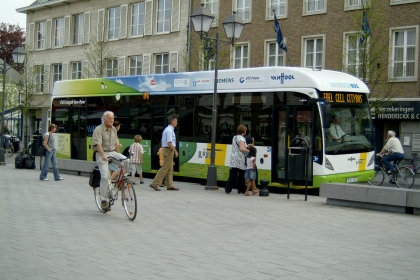



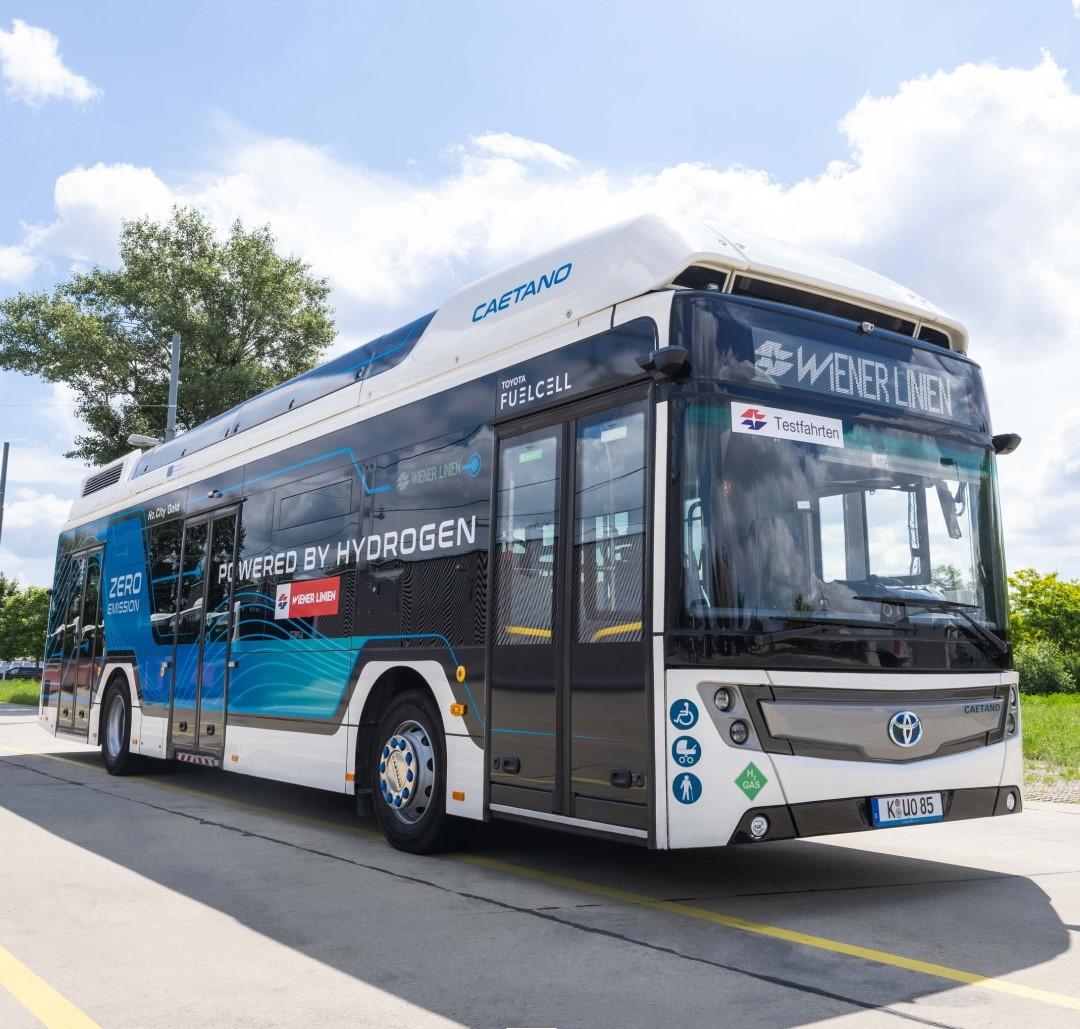 Do Vídně přijedou autobusy na vodík Toyota Caetano H2.City…
Do Vídně přijedou autobusy na vodík Toyota Caetano H2.City…
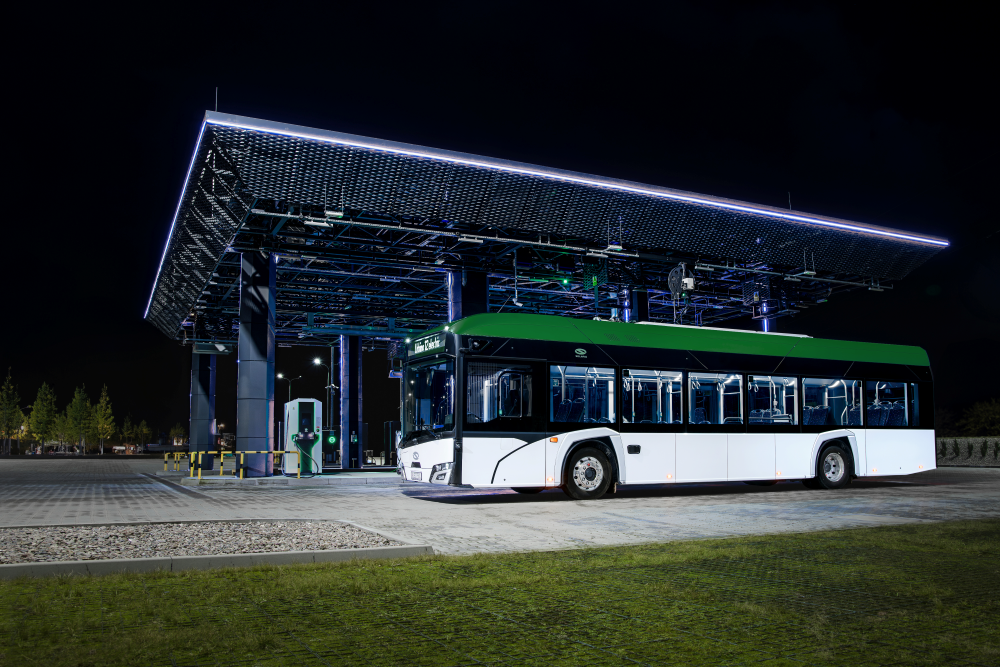 Debut nové verze elektrického Solaris Urbino 12
Debut nové verze elektrického Solaris Urbino 12
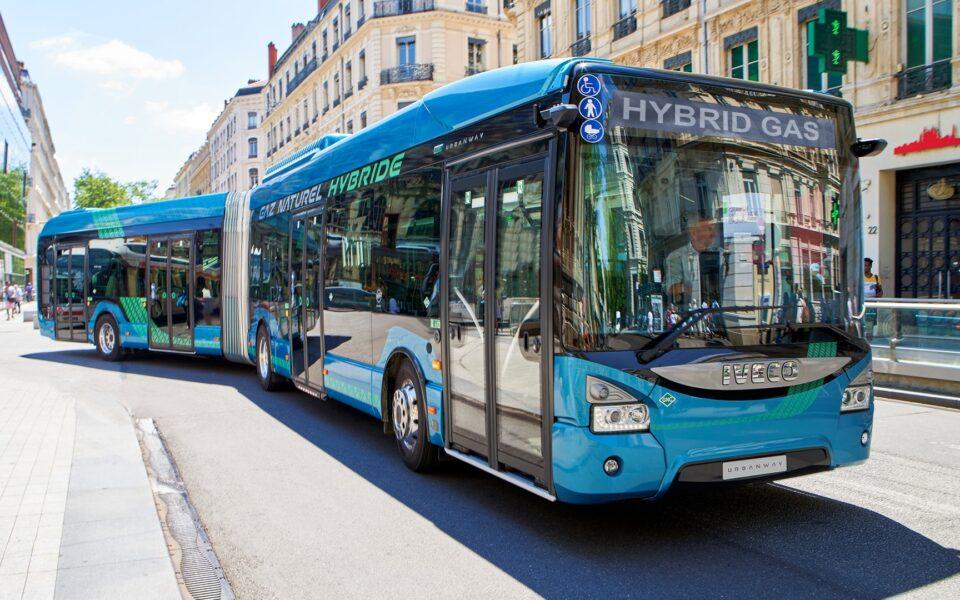 IVECO BUS získala zakázku na dodání 100 autobusů na CNG do…
IVECO BUS získala zakázku na dodání 100 autobusů na CNG do…






